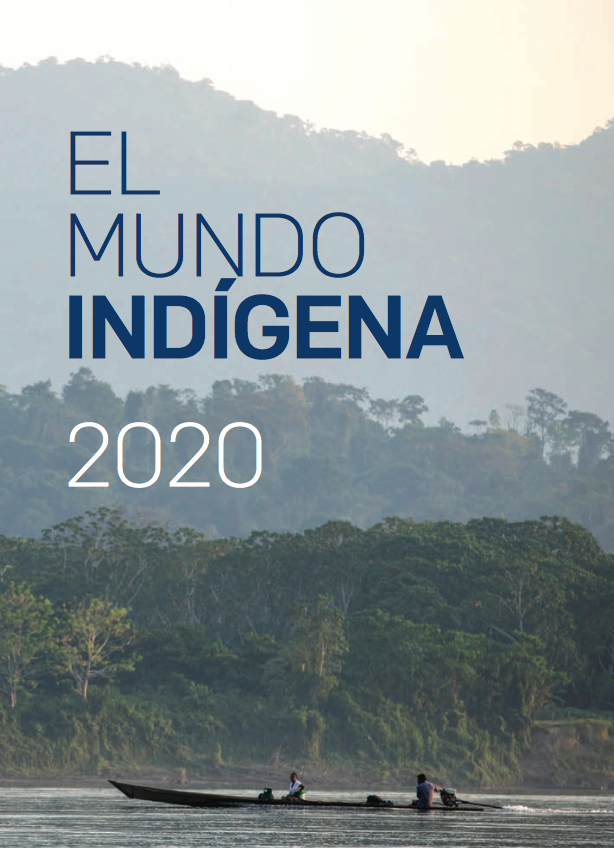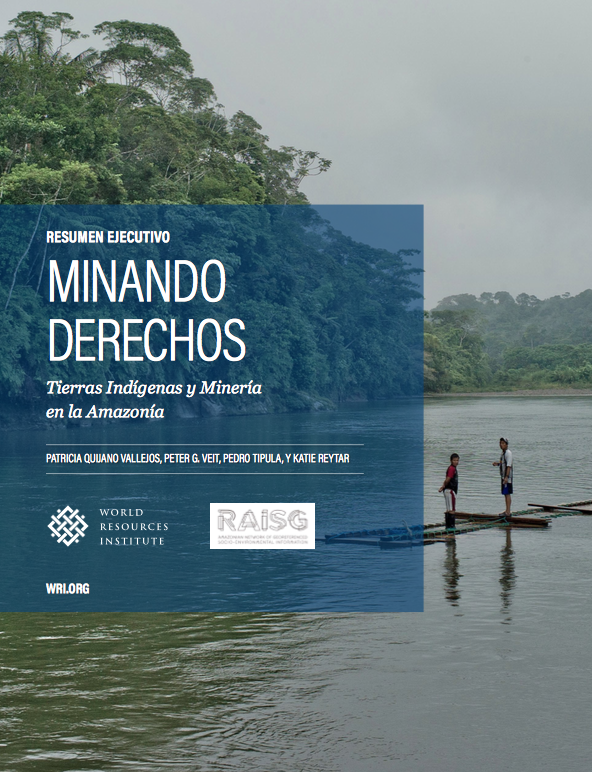Plan Forestal Español.
El Plan Forestal Español es un instrumento estratégico de alcance nacional cuyo objeto es estructurar las acciones necesarias para el desarrollo de una política forestal española basada en los siguientes principios: a) desarrollo sostenible (mediante la ordenación de los montes y el impulso de la selvicultura, según directrices que recojan los criterios e indicadores paneuropeos para la gestión sostenible de los ecosistemas forestales); b) multifuncionalidad de los montes; c) contribución a la cohesión territorial a través del desarrollo rural, fijando población y empleo, mejorando el entor






